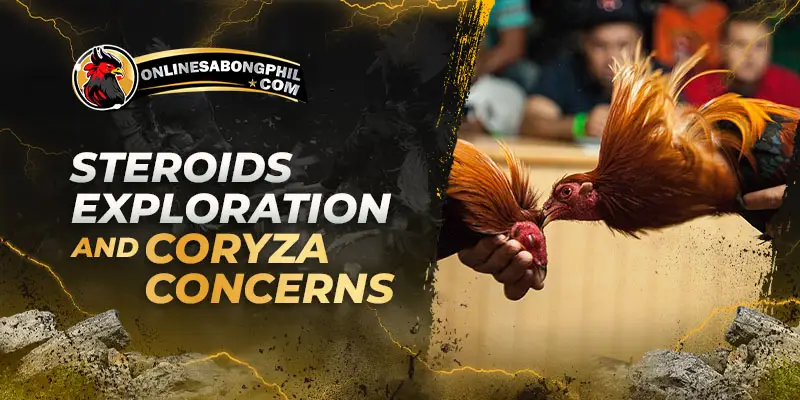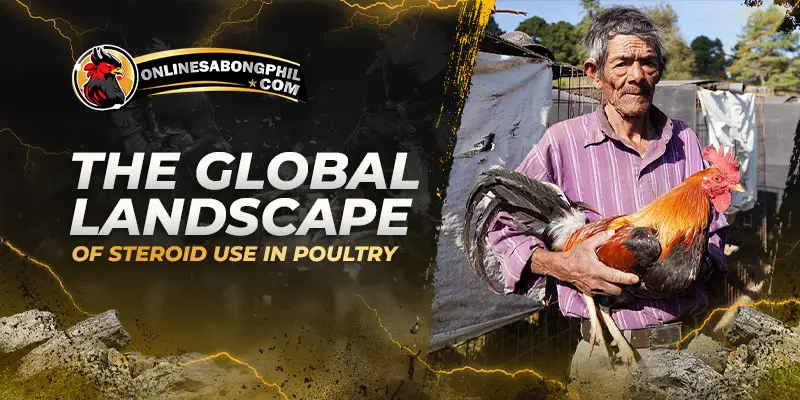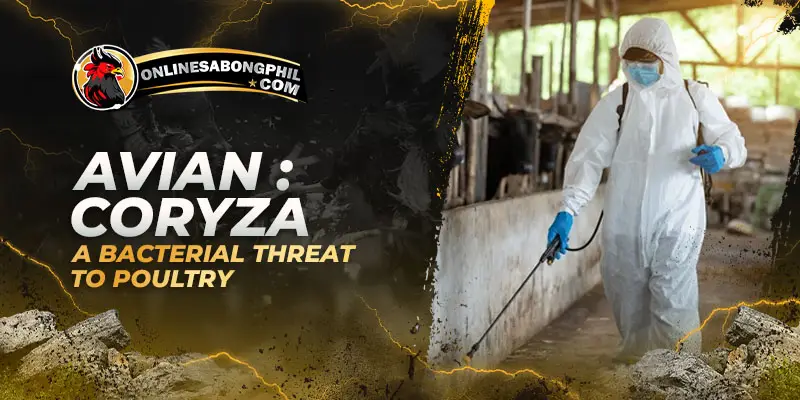Steroids have become a controversial topic in the realm of chicken poultry. While some argue they promote faster growth and improved efficiency, others highlight the potential health risks and ethical considerations. This article delves into the various aspects of steroid use in chicken production, exploring its impact on birds, consumers, and the industry as a whole.
Types of Steroids Used in Poultry
- Growth Promoters: Historically, low doses of synthetic anabolic steroids have been used in some countries to accelerate growth in chickens. These steroids mimic testosterone, promoting muscle development and improving feed conversion (the amount of feed needed to produce 1 kg of live weight).
- Veterinary Treatments: Veterinarians may prescribe corticosteroids to treat specific poultry diseases involving inflammation, such as arthritis or respiratory conditions. These steroids differ from growth promoters in their purpose and application.
Benefits vs. Drawbacks
| Benefits | Drawbacks |
| Faster growth and increased productio | Potential negative impact on chicken health |
| Higher-income for poultry farmers | Can lead to organ damage in chickens |
| Meeting consumer demand | Reduced treatment efficacy |
| Improve feed conversion ratios | Increased mortality rates in chicken flocks |
| Less land use and resource consumption | Chicken can make more susceptible to infections |
| Result in skeletal problems like leg deformities and impacting bird mobility |
The Global Landscape of Steroid Use in Poultry
- Ban in Many Regions: The European Union and many other countries have banned the use of growth-promoting steroids in poultry production due to health concerns.
- Continued Use in Some Areas: Steroid use persists in certain regions, highlighting the need for stricter regulations and consumer awareness.
- Shift Towards Alternatives: The global poultry industry is increasingly exploring alternative methods to promote growth, such as:
- Improved Nutrition: Formulating feed with essential nutrients for optimal growth and development.
- Selective Breeding: Breeding chickens with naturally fast-growing genetics.
- Management Practices: Optimizing living conditions such as lighting, ventilation, and space allocation to minimize stress and promote growth.
Avian Coryza: A Bacterial Threat to Poultry
Avian coryza, also known as infectious coryza, is a highly contagious bacterial upper respiratory tract infection (URTI) that plagues chickens, turkeys, and other birds. This disease, caused by the bacteria Avibacterium rhinotracheale, has a substantial impact on poultry farms since it causes:
- Respiratory Distress: Birds experience a runny nose, swollen sinuses, and difficulty breathing due to inflamed airways.
- Facial Swelling: Inflammation around the eyes and sinuses can cause facial swelling, sometimes severe enough to close one or both eyes.
- Reduced Egg Production: Laying hens affected by coryza experience a significant drop in egg production.
- Economic Losses: Outbreaks of avian coryza can lead to substantial economic losses for poultry farmers due to decreased production, treatment costs, and potential mortality.
The Vicious Cycle: Stress, Immunity, and Antibiotic Resistance
The use of growth-promoting steroids in poultry farming can create a vicious cycle that increases susceptibility to avian coryza:
- Chronic Stress: Unnatural growth patterns induced by steroids can be stressful for birds. This chronic stress can suppress their immune system, making them more vulnerable to infections like avian coryza.
- Antibiotic Misuse: When birds raised on steroids become sick more frequently, there’s a temptation to overuse antibiotics.
Prevention is Key: Biosecurity and Vaccination
Fortunately, there are effective ways to prevent avian coryza outbreaks:
- Biosecurity Measures: Implementing strict biosecurity measures like quarantine procedures, disinfection protocols, and pest control helps prevent the introduction of bacteria into flocks.
- Vaccination: Vaccination programs can significantly reduce the severity of outbreaks and protect healthy chickens from infection.
By adopting these preventative measures and moving away from steroid use, poultry farmers can create a healthier environment for their birds and ensure the sustainability of their flocks.
Conclusion
The responsible use of steroids in poultry farming is essential. While steroids might offer some growth benefits, their potential negative impacts on bird health and the emergence of antibiotic resistance are significant concerns. Implementing alternative growth methods, biosecurity measures, and vaccination programs is crucial for promoting healthy poultry farming practices.
FAQ’s
What are the types of steroids used in poultry farming?
The two main types of steroids used in poultry farming are growth promoters, which are synthetic anabolic steroids that accelerate growth in chickens, and corticosteroids, prescribed by veterinarians to treat specific poultry diseases involving inflammation.
What are the benefits and drawbacks of using steroids in poultry farming?
The benefits of using steroids in poultry farming include faster growth, increased production, higher income for farmers, improved feed conversion ratios, and reduced land use. However, the drawbacks include potential negative impacts on chicken health, organ damage, reduced treatment efficacy, increased mortality rates, susceptibility to infections, and skeletal problems impacting bird mobility.
What is the global landscape of steroid use in poultry production?
The use of growth-promoting steroids in poultry production is banned in many regions, including the European Union, due to health concerns. However, steroid use persists in certain areas, leading to a shift towards alternative methods such as improved nutrition, selective breeding, and optimized management practices to promote growth.
Visit us at onlinesabongphil.com for more guides and tips!



